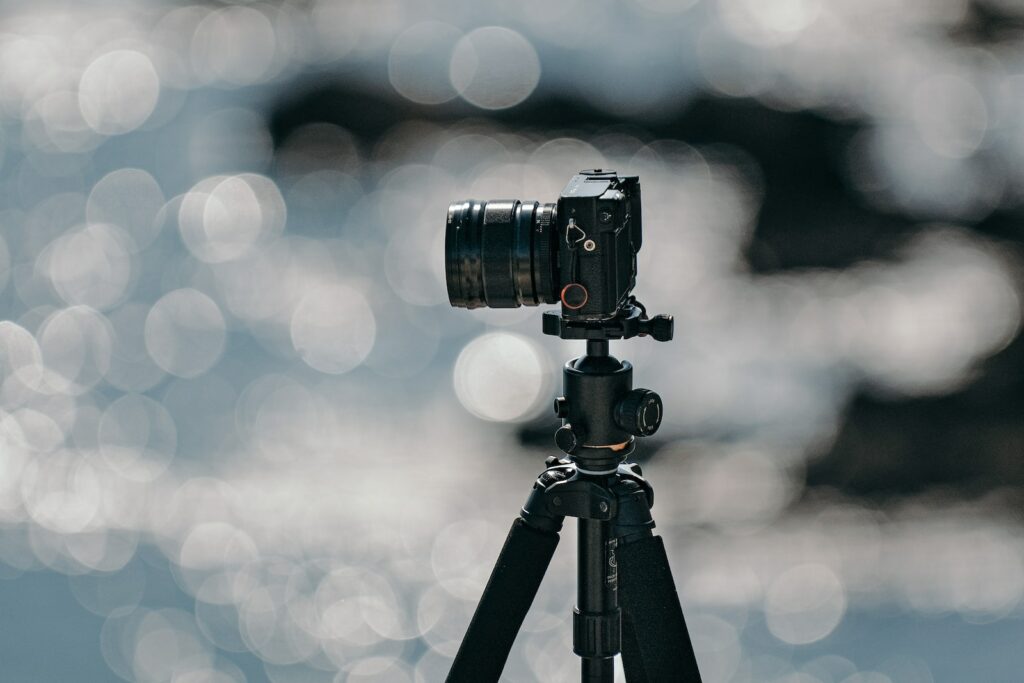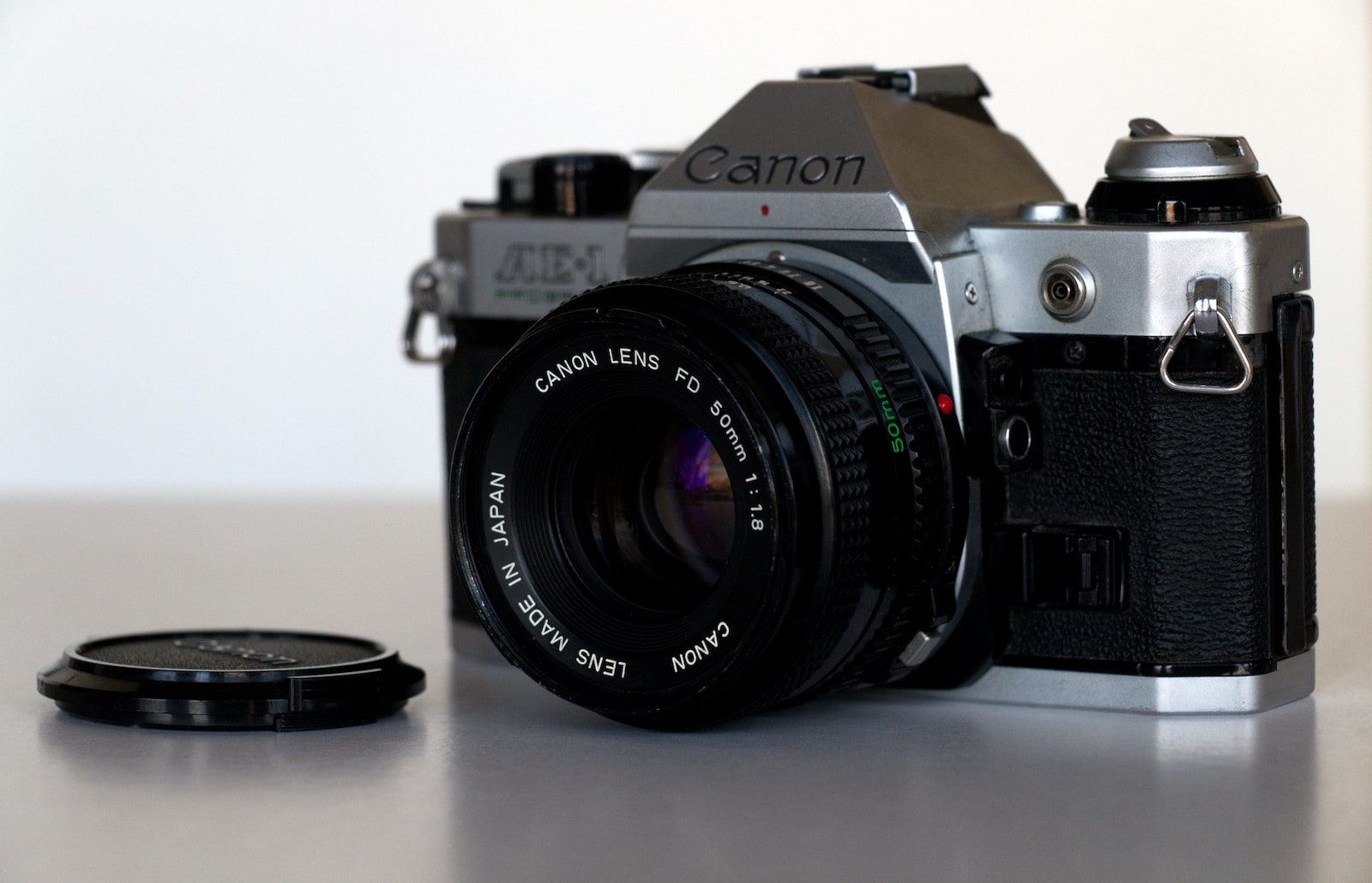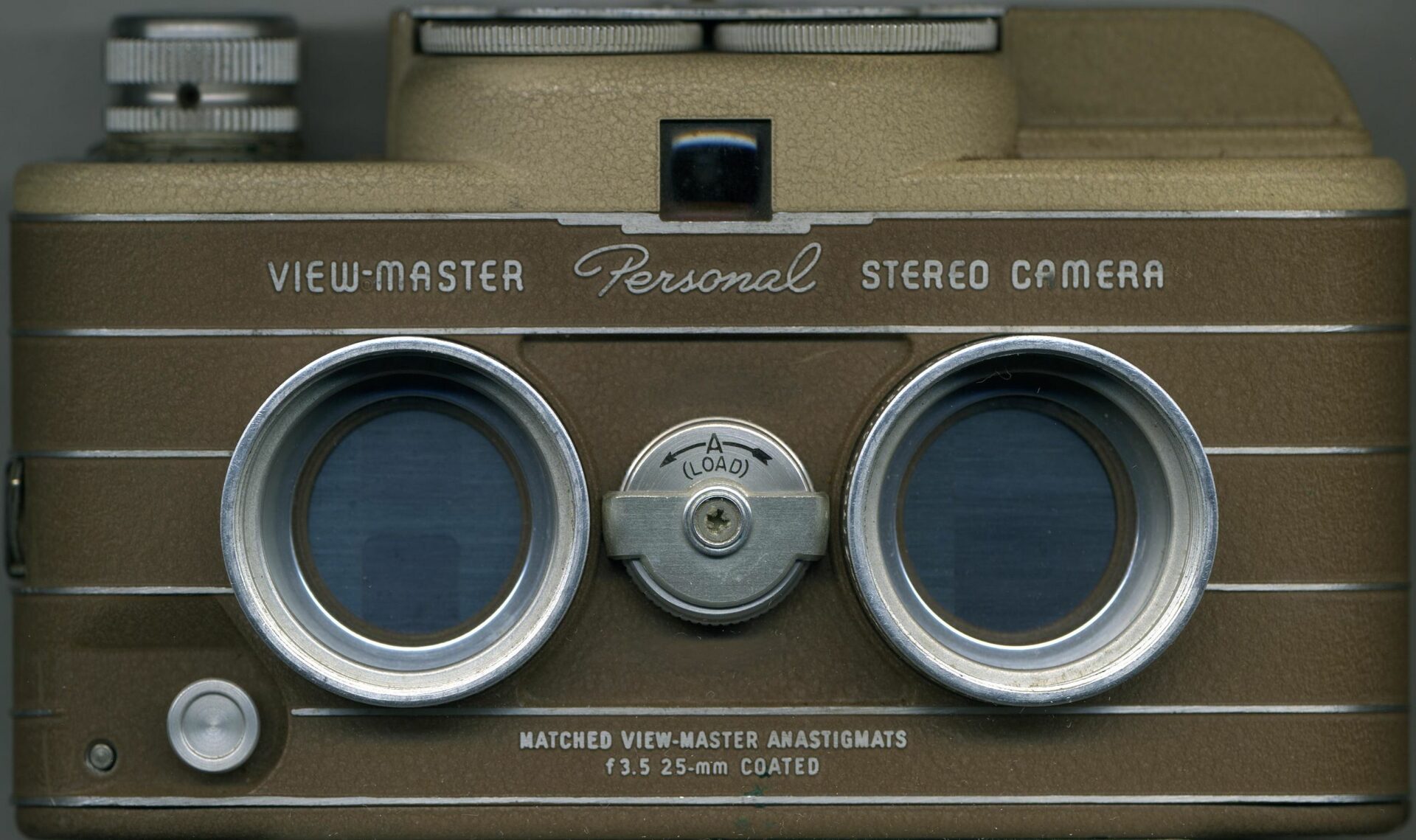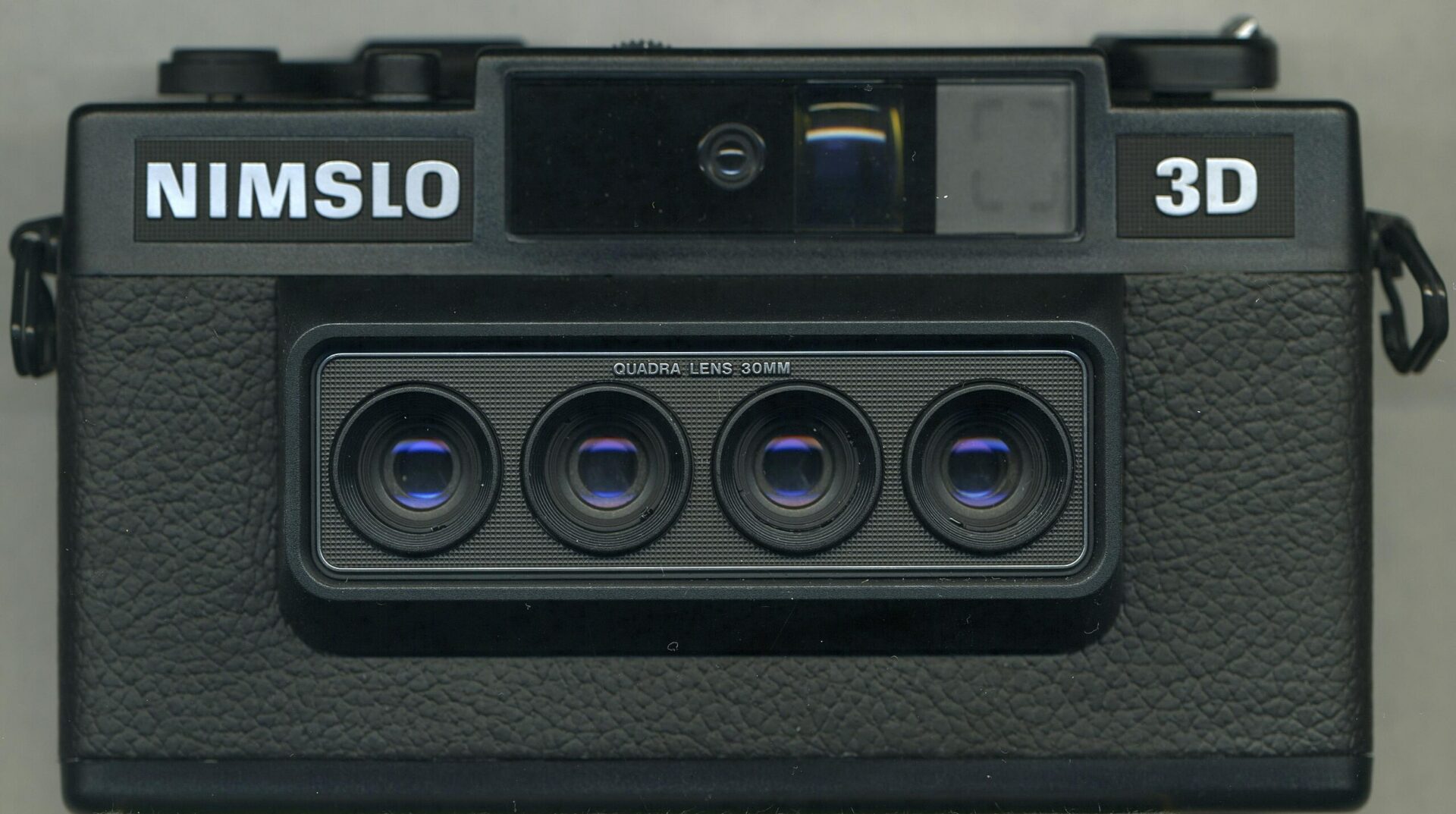Welcome to our blog “From Digital to Film: Transitioning to An SLR Film Camera.” If you’ve been honing your digital photography skills but are intrigued by the vintage charm of film cameras, this guide is for you. Join us as we explore the world of SLR film cameras and help you make a smooth transition from digital to film photography. Discover the unique qualities and advantages of shooting with an SLR film camera and unlock a new level of creativity and artistic expression.
Table of Contents
- The Appeal of Film Photography
- Choosing the Right SLR Film Camera
- Mastering the Transition
- A How-To Guide: Transitioning From Digital to Film Photography
- 1. Understand the Basics of Film Photography
- 2. Invest in a Reliable SLR Film Camera
- 3. Experiment with Different Films
- 4. Master Manual Focus and Exposure
- 5. Learn the Art of Film Processing
- 6. Embrace the Slower Pace of Film Photography
- 7. Join Film Photography Communities
- 8. Use Digital Tools for Post-Processing
- Frequently Asked Questions
- 1. Why should I transition from digital to film photography?
- 2. What are the advantages of using an SLR film camera?
- 3. Will I still be able to use my existing lenses with an SLR film camera?
- 4. Do I need any special equipment for shooting with an SLR film camera?
- 5. How do I choose the right film for my SLR camera?
- 6. Are there any differences in the shooting process between digital and film photography?
- 7. How do I develop and print my film photographs?
- 8. Can I still edit my film photographs digitally?
- 9. Are SLR film cameras expensive?
- 10. How can I improve my skills in film photography with an SLR camera?
- Wrap Up
The Appeal of Film Photography
Vintage Charm and Aesthetic
Film photography has a certain timeless quality that can’t be replicated digitally. The distinct grain, colors, and natural variability of film create a unique visual experience that many photographers find appealing. Unlike the pristine perfection of digital images, film photos have character, imperfections, and a certain nostalgic charm.
Embracing Slowness and Intentionality
In a world saturated with instant gratification, film photography offers a slower and more deliberate approach. The process of loading film, manually setting exposure, and limited shots per roll forces photographers to slow down and think critically about each frame. It encourages a more intentional and mindful approach to photography, allowing you to fully immerse yourself in the creative process.
Learning and Mastering the Craft
Transitioning to an SLR film camera will push you to expand your knowledge and skills. Unlike the convenience of digital cameras, shooting film requires a deeper understanding of exposure, metering, and manual settings. You’ll develop a stronger foundation in the technical aspects of photography and enhance your ability to capture stunning images in any lighting conditions.
Choosing the Right SLR Film Camera
Consider Your Shooting Style
When selecting an SLR film camera, it’s crucial to consider your shooting style and preferences. Do you prefer autofocus or manual focus? Are you interested in shooting in low light conditions? Assessing your shooting needs will help guide you towards the perfect film camera that suits your unique style.
Research and Read Reviews
With so many options available, it’s important to do your research and read reviews before making a purchase. Look for reputable online forums, photography blogs, and expert opinions that can provide valuable insights into different camera models. Pay attention to factors such as build quality, lens compatibility, ease of use, and availability of accessories.
Mastering the Transition
Film Stock and Developing
One of the exciting aspects of shooting film is the ability to experiment with different film stocks and developers. Each combination yields unique results, offering a vast range of creative possibilities. Research different film stocks, try various brands, and familiarize yourself with the development processes to achieve the desired look and feel in your images.
Understanding Exposure and Metering
For photographers accustomed to relying on in-camera metering or automatic modes, understanding exposure and metering in film photography is essential. Invest in a reliable handheld light meter and practice using it to determine correct exposure. Learn to interpret the meter readings and adjust your camera settings accordingly to achieve well-exposed images.
Patience and Perseverance
Transitioning to an SLR film camera requires patience and perseverance. Embrace the learning curve and don’t be discouraged by initial results. It takes time to master the technical aspects and develop a keen eye for composition. Stick with it, experiment, and embrace the process of continually honing your skills to create beautiful and meaningful images.
Ready to embark on a new photographic journey? Transitioning from digital to film photography with an SLR film camera opens up a world of creative possibilities. Capture moments with a touch of vintage charm, embrace the art of film photography, and unlock your true potential as a photographer.
A How-To Guide: Transitioning From Digital to Film Photography
Transitioning from digital to film photography can be an exciting journey. The vintage charm and unique qualities of an SLR film camera can bring a new level of creativity to your work. However, this transition may come with its share of challenges. In this guide, we will explore practical tips and techniques to help you make a smooth and successful transition.
1. Understand the Basics of Film Photography
Before embarking on your journey, it’s crucial to familiarize yourself with the basics of film photography. Learn about different film formats, types of film, and their characteristics. Understanding the principles of exposure, aperture, shutter speed, and ISO is essential to capture stunning film photographs.
2. Invest in a Reliable SLR Film Camera
To truly embrace the charm of film photography, it’s important to invest in a reliable SLR film camera. Look for reputable brands such as Canon, Nikon, or Pentax that offer a wide range of options suitable for all experience levels. Consider factors such as compatibility with different lenses, ease of use, and availability of accessories.
3. Experiment with Different Films
The beauty of film photography lies in the wide variety of film types available. Each film type has its unique characteristics in terms of color rendition, grain, and contrast. Experiment with different films to find your preferred style and to create the desired mood in your photographs.
4. Master Manual Focus and Exposure
Unlike digital cameras, SLR film cameras require manual focus and exposure settings. Take the time to practice and develop your skills in manual focusing and exposure. Use the camera’s built-in light meter or handheld light meter to achieve accurate exposures and well-focused shots.
5. Learn the Art of Film Processing
The process doesn’t end once you’ve taken your shots. Developing and processing your film is an integral part of the film photography experience. You can opt for DIY film processing at home or explore professional film labs that offer developing and scanning services. Dive into the fascinating world of chemical baths and darkroom magic.
6. Embrace the Slower Pace of Film Photography
Transitioning to an SLR film camera will require a mindset shift. Unlike digital photography, where you can instantly review and delete shots, film photography demands patience and intentionality. Embrace the slower pace, carefully compose your shots, and savor the anticipation of seeing your developed film.
7. Join Film Photography Communities
Transitioning to film photography can be a solitary journey, but it doesn’t have to be. Joining online communities or local photography clubs dedicated to film photography can provide valuable support, inspiration, and opportunities to learn from fellow film enthusiasts.
8. Use Digital Tools for Post-Processing
While the essence of film photography lies in the unique qualities of the medium, you can still take advantage of digital tools for post-processing. Scan your negatives and use software like Adobe Lightroom or Capture One to refine your images, adjust color and contrast, and create your desired aesthetic.
Transitioning from digital to film photography is a rewarding endeavor for any photography enthusiast. By understanding the basics, investing in the right equipment, experimenting with different films, and honing your skills, you can embrace the vintage charm of an SLR film camera and elevate your creativity to new heights.

Frequently Asked Questions
1. Why should I transition from digital to film photography?
Transitioning from digital to film photography allows you to experience the vintage charm and unique aesthetic of shooting with an SLR film camera. It offers a different creative process and can enhance your skills as a photographer.
2. What are the advantages of using an SLR film camera?
Using an SLR film camera provides a tangible and tactile experience that engages all your senses. It offers a slower pace, requiring thoughtful composition and precise exposure settings. Additionally, film photography allows for a wider dynamic range and produces a distinctive grain structure.
3. Will I still be able to use my existing lenses with an SLR film camera?
Most SLR film cameras are compatible with a wide range of lenses, allowing you to continue using your existing lenses. However, it is always recommended to research the specific camera model to ensure compatibility.
4. Do I need any special equipment for shooting with an SLR film camera?
To start shooting with an SLR film camera, you will need the camera body, film rolls, and a lens suitable for your desired photography style. Additionally, a light meter can be helpful for precise exposure measurements, although many cameras have built-in meters.
5. How do I choose the right film for my SLR camera?
Choosing the right film largely depends on your preferred aesthetic and shooting conditions. Various film types offer different color tones, contrast levels, and grain structures. It’s best to experiment with different films to find the one that aligns with your vision.
6. Are there any differences in the shooting process between digital and film photography?
Yes, there are some differences in the shooting process between digital and film photography. With film, you have a limited number of shots per roll, which encourages a more deliberate and mindful approach. You also need to consider film speed, as it affects the camera’s exposure settings.
7. How do I develop and print my film photographs?
Once you have finished shooting a roll of film, you can either develop it yourself using a home development kit or take it to a professional lab. For printing, you can either scan the negatives and edit the digital files or opt for traditional darkroom printing techniques.
8. Can I still edit my film photographs digitally?
Absolutely! After scanning your film negatives, you can edit them digitally using various photo editing software. This allows you to enhance colors, adjust exposure, and make other creative adjustments while preserving the unique qualities of film.
9. Are SLR film cameras expensive?
The cost of SLR film cameras varies depending on the brand, model, and condition. While some vintage SLR cameras can be quite expensive, there are also affordable options available. It’s possible to find quality SLR film cameras within different price ranges.
10. How can I improve my skills in film photography with an SLR camera?
Improving your skills in film photography with an SLR camera requires practice, patience, and experimentation. Try shooting in different lighting conditions, exploring various film types, and studying the work of renowned film photographers. Joining a photography community or taking workshops can also be beneficial for gaining insights and feedback.
Wrap Up
Transitioning from digital to film photography can be a rewarding journey for any photographer. By embracing the vintage charm and unique qualities of an SLR film camera, you can unlock a whole new level of creativity and depth in your images.
Remember, transitioning takes time and practice. Don’t be discouraged if your first few rolls don’t turn out exactly as you imagined. Embrace the learning process and enjoy the surprises film photography has to offer.
We hope this guide has provided valuable insights and tips to help you navigate the transition. If you have any questions or want to share your own experiences, we’d love to hear from you in the comments section below. Let’s continue the conversation and inspire each other!


